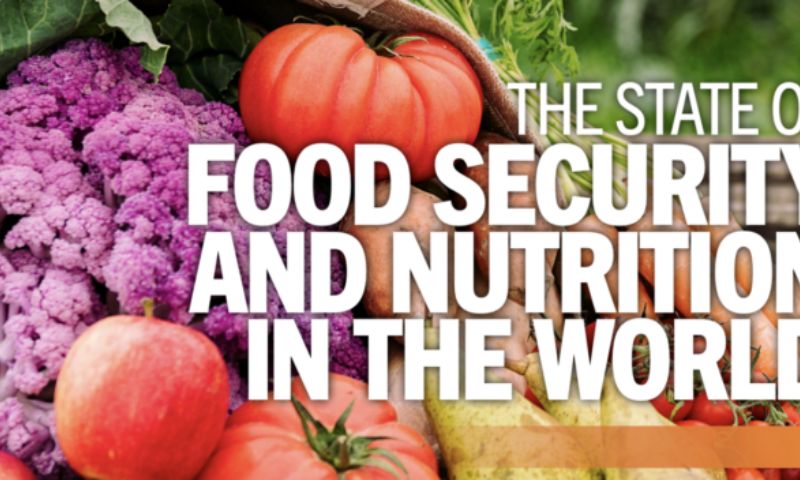UNITED NATIONS: The fight against global hunger has been set back 15 years, with around 733 million people going hungry in 2023, equivalent to one in 11 people worldwide, according to latest report on State of Food Security and Nutrition in the World.
“We remain significantly off-track in our goal to eradicate hunger, food insecurity, and malnutrition by 2030,” said Maximo Torero, Chief Economist at the UN Food and Agriculture Organization (FAO), referencing Sustainable Development Goals (SDGs), particularly SDG 2: Zero Hunger. Torero cautioned that if current trends continue, approximately 582 million people will still experience hunger in 2030, with half of them residing in Africa.
Despite progress in combating stunting and promoting breastfeeding, global hunger levels have remained stubbornly high for three consecutive years. In 2023, between 713 million and 757 million people were undernourished, around 152 million more than in 2019, the report, a joint publication by FAO, IFAD, UNICEF, WFP, and WHO, revealed.
Regional trends show stark contrasts. Hunger is rising in Africa, affecting 20.4 percent of the population, while remaining stable in Asia at 8.1 percent. Latin America has shown some progress, with 6.2 percent of its population facing hunger, but from 2022 to 2023, hunger increased in Western Asia, the Caribbean, and most African subregions.
FAO’s Torero underscored that Africa faces unique challenges as the only region where hunger has risen due to conflict, climate extremes, and economic downturns. War remains a major driver, exacerbating the food crisis.
The report also found that access to adequate food remains out of reach for billions. In 2023, approximately 2.33 billion people globally were moderately or severely food insecure, similar to the numbers during the COVID pandemic. Over 864 million experienced severe food insecurity, meaning they had to go without food for periods.
Economic factors continue to be a major issue. In 2022, 2.8 billion people couldn’t afford a healthy diet. The gap between high-income and low-income countries is stark, with just 6.3 percent of people in the former unable to afford a healthy diet, compared to 71.5 percent in poorer nations. While improvements were seen in Asia, North America, and Europe, the situation worsened in Africa.
The report emphasizes the need for increased, cost-effective financing and a standardized approach to food security and nutrition to achieve SDG 2. UN agency heads stress that substantial investment is required to end hunger and malnutrition, framing it as both a future investment and a fundamental obligation.























